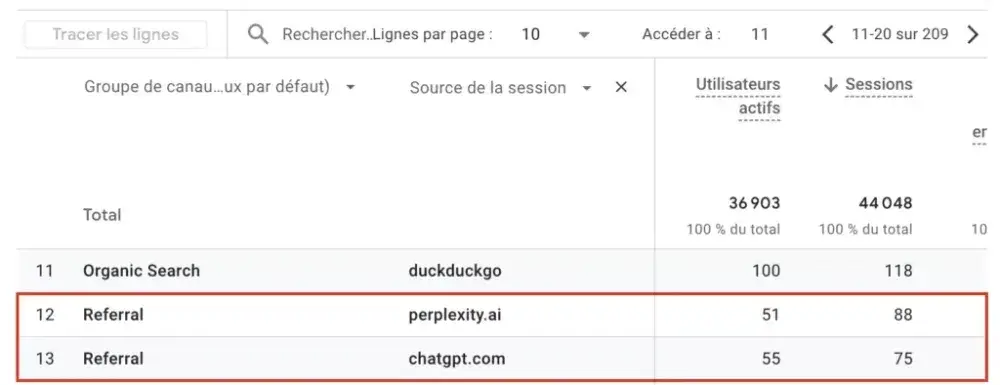
GEO vs SEO: optimising your content in the age of generative AI
Digital strategy
5 min
From Mehdi Mele
Online search is evolving under the impetus of generative AI. More and more users are turning to answer engines such as ChatGPT, Google Gemini, Perplexity or Copilot for their queries, getting direct answers from AI instead of a list of links. This development has given rise to Generative Engine Optimization (GEO), an approach to content optimisation that complements traditional SEO.
What is GEO (Generative Engine Optimization)?
GEO (Generative Engine Optimization) is a new form of SEO adapted to response engines based on generative AI. Traditional SEO aims to make a site stand out in search results. GEO, on the other hand, optimises content so that it can be used directly by generative AIs. These AIs act like response engines: they provide a direct response from multiple sources and list these web sources.
GEO brings together techniques to ensure that your content is selected and cited by the AI in its response, rather than simply ranked in the results. In other words, the aim is no longer simply to generate clicks, but to guarantee your visibility at the heart of the AI's response.

Generative AI: the era of response engines
On a day-to-day basis, generative AI is revolutionising our search habits. Tools such as ChatGPT, Perplexity, Copilot and Gemini act as response engines, providing answers instead of search engines. According to Gartner (an American research and consultancy company focused on business and technology), 25% of searches could soon switch to AI chatbots.
Brands that ignore GEO risk becoming invisible on these new channels: if the AI responds without ever mentioning your site, you lose contact opportunities. Conversely, mastering GEO strengthens your reputation even without a click by making your expertise appear in the AIs' instant responses.
This paradigm shift makes content optimisation even more strategic.
Your content must be clear, relevant and structured if it is to be understood and reused by the AI in its responses. In digital marketing, being visible in AI responses has become essential.

New visibility: how do you approach GEO strategically?
Here are a few recommendations for making your content GEO-friendly:
- Content structure: use explicit headings, logical sub-headings, short paragraphs, bulleted lists and possibly an FAQ section. A clear format makes it easier for AI to extract information.
- A conversational and concise style: adopt a natural and professional tone, without unnecessary jargon. Get straight to the point: an expert but clear text will be better understood by AIs.
- Reliable facts and sources: back up your arguments with concrete data (statistics, studies, examples) and cite the sources. This guarantee of credibility increases your chances of being quoted by the AI.
- Expertise and clarity: provide accurate, up-to-date, high-quality content that reflects your authority on the subject. A well-explained and transparent text will be valued by the AI algorithms.
Finally, SEO plays a key role in the indexing of your site. The better your site's authority score, the more likely it is to be perceived as a credible and reliable source by the advanced language models (LLMs) that analyse and synthesise the perceived data.
In conclusion
GEO does not replace SEO, it complements it. To maintain your online visibility, adapt your digital strategy as soon as possible: continue to optimise for search engines while making your content ‘GEO-compatible’.
Combining SEO and GEO will ensure that you are present in the classic search results and in the answers to your daily generative AI.




